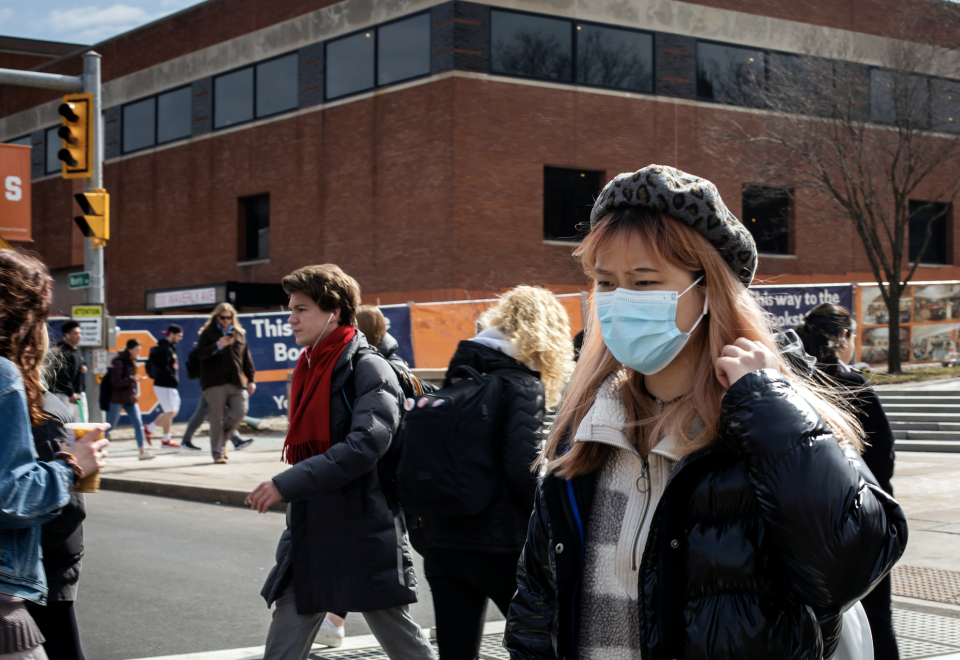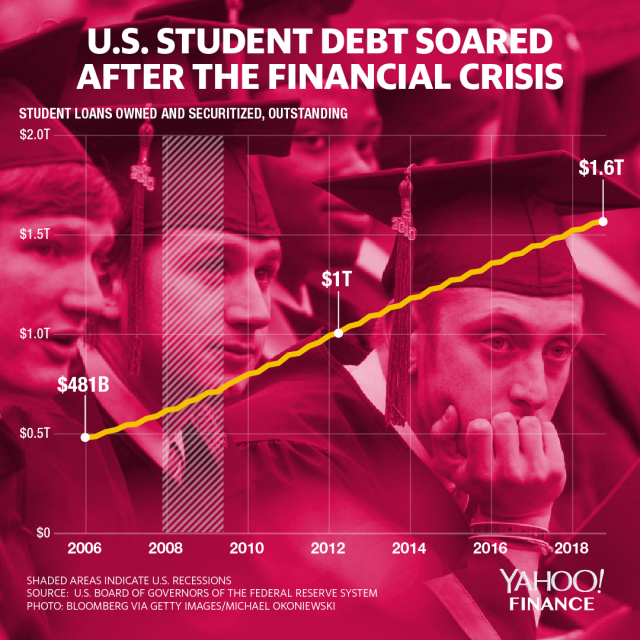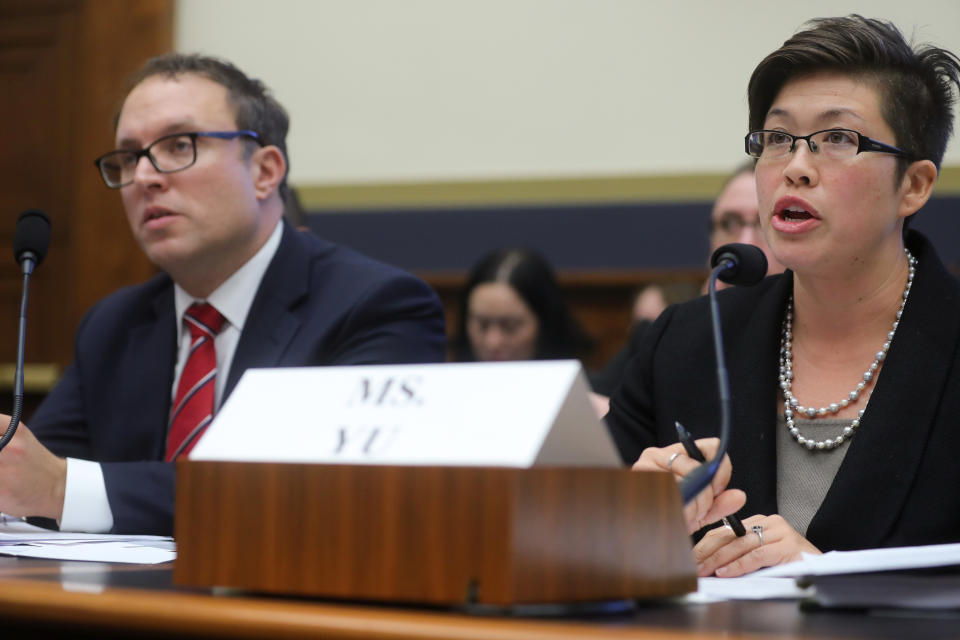Coronavirus stimulus bill: 7 ways student loan borrowers benefit
This post has been updated to add information about the Public Service Loan Forgiveness Program.
Congress has just passed the the most expensive measure in American history in response to the coronavirus, or COVID-19.
The $2.2 trillion stimulus package is intended to help the U.S. economy through the pandemic as states are shutdown and jobless claims spike.
For more than 44 million borrowers with $1.5 trillion in outstanding student debt, Congress is offering relief on top of what the White House and the Education Department have already announced.
Experts were not impressed. Here are the details:

The good news
1) Borrowers with federally-owned student debt don’t have to pay them through September 30 (six months) as they’re suspended. This includes loans to parents.
2) Interest is also suspended until Sept 30, 2020.
3) If you’re on a forgiveness program, like PSLF, your suspended payments for these months will still count.
Editor's note: Several readers noted that FedLoan, the loan servicer for public servants in the PSLF program, did not update its website to reflect this initiative. However, FedLoan confirmed with Yahoo Finance that the suspended payments will count towards forgiveness.
4) Credit reporting agencies will see suspended payments as regularly rescheduled payments.
5) If a borrower has defaulted on their student loans, debt collection is suspended (their wages will not be garnished, tax refund will not be reduced, etc).
The government is also returning $1.8 billion in refunds to about 830,000 student loan borrowers who had defaulted on their loans and went through debt collection since the national emergency was declared.
6) If your employer pays your student loan payments, they can do it tax-free up to January 1, 2021 for up to $5,250 annually.
“I believe this is a start in the right direction, but not nearly enough,” Experience Your Wealth’s Jake Northrup told Yahoo Finance. “With the cost of education continuing to rise and more employers requiring advanced degrees, I believe this income exclusion needs to be permanent so more employers can help their employees pay down their student loan balances.”
7) All federal student loans have a 0% interest rate for at least 60 days starting March 13 — hence penalty-free forbearance is an option for a 60-day period, if you ask your servicer.

‘Today’s relief package shows how little we have learned’
At the same time, consumer advocates were not pleased with the package.
“Lawmakers’ failed response to the last financial meltdown led directly to our current student debt crisis,” former student loan ombudsman at the Consumer Financial Protection Bureau, Seth Frotman, said in a statement. “Today’s relief package shows how little we have learned in the past decade. Unless the Trump Administration and Congress take significant, comprehensive additional steps on behalf of the tens of millions of American families with student loans, the next wave of the student debt crisis will be even more devastating."

Among the frustrations consumer advocates raise with the current package, two stand out:
1) Only borrowers with federal Direct Loans qualify. Borrowers with federally guaranteed loans held by private companies and/or private student loans do not.
Two consumer advocates, Americans for Financial Reform and the Student Borrower Protection Center, wrote letters to banks and refinancing companies to allow borrowers the same benefits federal loan holders have.
“Private student loans are a substantial segment of the consumer credit market, standing nearly on a par with personal consumer loans and exceeding both payday loans and outstanding pastdue medical debt,” Seth Frotman and Alexis Goldstein, of each organization respectively, wrote to Citizens Financial Group Chairman and CEO Bruce Van Saun. “If immediate action is not taken, the effects of the coronavirus pandemic could substantially imperil the financial lives of the millions of borrowers who relied on private student loans to pursue the American Dream. That does not have to happen.”
2) The package also contains no student debt cancellation. Democrats have proposed cancellation of debt between $10,000 and $30,000 to help borrowers tide through the pandemic and the economic crisis.
The Phase III #CARESAct should pass & do so quickly. But in addition to exponentially increased & targeted funding for struggling public schools & colleges, a Phase IV bill should make lasting student loan relief a reality for those ripped-off by bad-actor colleges as well. pic.twitter.com/MufACGTDEG
— Michael Dannenberg (@M_Dannenberg1) March 27, 2020
Experts also worry about what happens when the economy and jobs return to normal.
Previous instances where borrowers impacted by a disaster had been in mandatory forbearance have ended up struggling to get back on track because servicers aren’t able to guide them into affordable repayment options after the period ended, Frotman’s team found.
—
Aarthi is a reporter for Yahoo Finance. She can be reached at [email protected]. Follow her on Twitter @aarthiswami.
Read more:
Coronavirus shutdown: Consumer advocates worry about $100 billion private student loan market
House Democrats unveil bill to cancel $30,000 in student debt per borrower amid coronavirus
Coronavirus student loan relief: Education Department says borrowers can ask for a payment pause
Read the latest financial and business news from Yahoo Finance
Follow Yahoo Finance on Twitter, Facebook, Instagram, Flipboard, SmartNews, LinkedIn, YouTube, and reddit.
